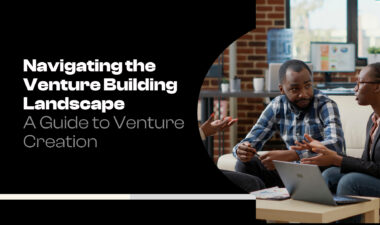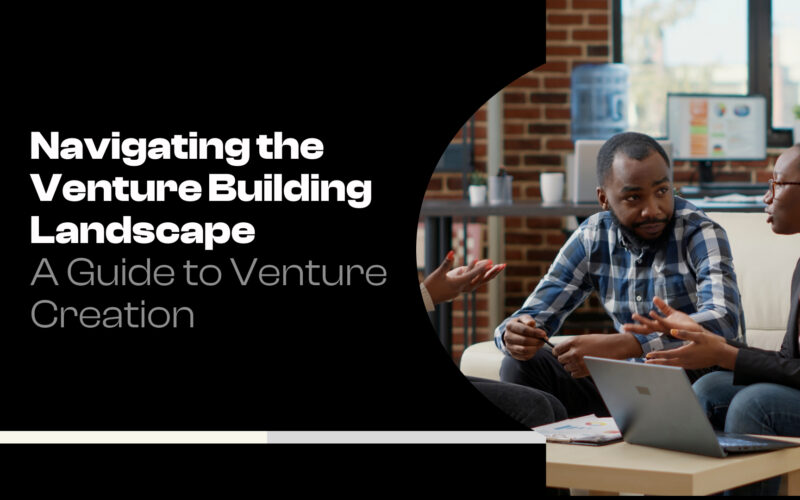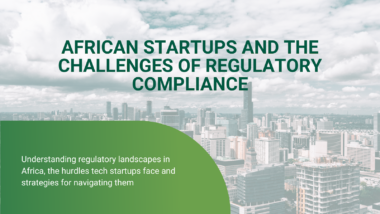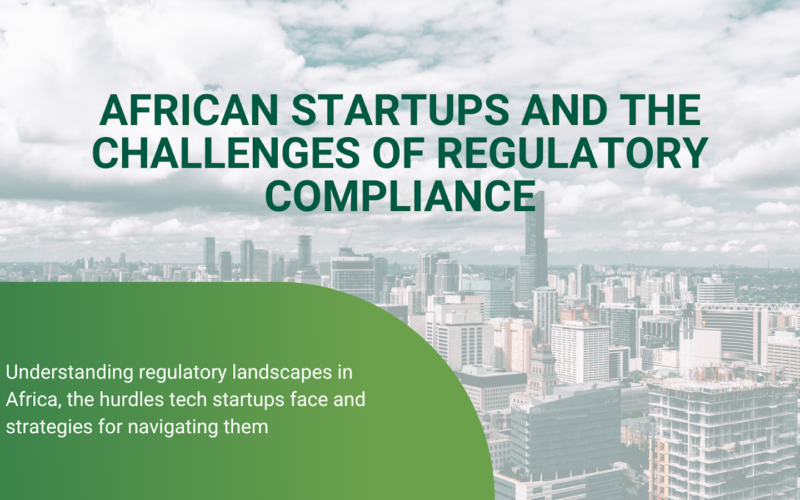The buzz around AI is everywhere. From streamlining business operations to automating customer interactions, AI is changing the game in ways we couldn’t have imagined just a few years ago. But there’s one thing that all the algorithms, data models, and machine learning systems can’t replicate: human creativity.
At its core, creativity is about seeing connections that others don’t, imagining what doesn’t yet exist, and turning abstract ideas into reality. It’s about taking risks, embracing uncertainty, and trusting your instincts. And that’s something AI simply can’t do—at least not in the way that we, as humans, can.
Why Creativity Will Always Be the Differentiator
In a world where more and more tasks are becoming automated, the value of creativity is only increasing. Think about it: anyone can access AI tools to optimize workflows, predict trends, or generate data-driven insights. But using those tools to create something truly original, something that resonates on a deeper level—that requires a human touch.
Creativity is what turns a good product into a great one, what makes marketing campaigns memorable, and what drives innovation in ways that spreadsheets and algorithms never will. The founders who understand this are the ones who will thrive in the age of AI.
Using AI to Enhance, Not Replace, Your Creative Process
The conversation doesn’t need to be about AI versus human creativity. Instead, it’s about how AI can serve as a powerful tool to amplify what we’re already capable of. Think of AI as an assistant—one that can handle the heavy lifting, freeing up your mental bandwidth for the creative thinking that truly drives value.
Here’s how you can use AI to complement your creative process:
- Idea Generation and Brainstorming
- AI tools can help you generate ideas, explore patterns, or even suggest content based on trends. But the magic happens when you take those AI-generated ideas and put your own spin on them. Let the AI do the groundwork, and then layer in your unique perspective to create something that stands out.
- Content Creation and Personalization
- Let’s face it—creating content can be time-consuming. AI tools can streamline this process by helping you draft emails, write social media posts, or even create marketing copy. But the real impact comes when you infuse that content with your own voice, tone, and personal touch. AI can help you scale, but it’s your creativity that will connect with your audience.
- Design and Product Development
- AI can analyze user data to suggest design improvements, optimize user flows, or even predict what features will resonate with your audience. But it can’t understand the nuances of human emotion, the little details that make a product feel truly intuitive. That’s where your creative instincts come in.
Real-World Examples of AI Amplifying Creativity
Consider how Spotify uses AI to recommend music. The algorithm is incredibly powerful, but it’s the human curators who craft the playlists that resonate deeply with listeners. AI provides the data, but it’s the human touch that makes it meaningful.
Or take Adobe’s suite of AI-powered design tools. These tools can automate repetitive design tasks, but the creativity—the vision that turns an ordinary project into something extraordinary—still comes from the human designer. The AI just helps them get there faster.
How to Leverage AI Without Losing Your Creative Edge
Let’s be clear: AI is not a replacement for human creativity. It’s a tool—a powerful one, yes, but still a tool. The most successful entrepreneurs will be those who learn to use AI to enhance their creative process without letting it take over.
Here’s how you can strike that balance:
- Start with Your Vision
- Before turning to AI for answers, start with your own vision. What are you trying to achieve? What problems are you solving? Use AI to support that vision, not to define it.
- Embrace Experimentation
- Creativity thrives on experimentation. Use AI to explore new ideas, test different approaches, and see what sticks. But don’t be afraid to trust your instincts and take risks that AI might not suggest.
- Use AI to Automate, Not Create
- Let AI handle the repetitive tasks—data analysis, customer segmentation, content distribution—so you can focus on the creative, high-level work that only you can do. The goal is to free up time and mental energy for the things that matter most.
- Focus on What Makes You Unique
- In a world where anyone can use AI tools, the real differentiator is your unique perspective. AI can generate content, but it can’t replicate your experiences, your insights, or your personal touch. Lean into what makes you different.
The Future of AI and Creativity: A Collaborative Approach
As AI continues to evolve, the conversation will shift from “Can AI replace humans?” to “How can humans and AI work together?” The founders who embrace this collaborative approach—who see AI as a partner rather than a competitor—will be the ones who thrive.
Imagine a future where your AI tools understand your creative style, where they’re not just generating data but actively helping you craft more impactful, meaningful projects. We’re not there yet, but we’re getting closer. And when that day comes, it will be those who have already embraced AI as a creative partner who will have the advantage.
Final Thoughts
The real power of AI isn’t in replacing humans—it’s in augmenting what we can do. It’s about using technology to amplify your creativity, streamline your processes, and free up time for the things that matter most.
In the age of AI, the entrepreneurs who will win aren’t the ones who automate everything, but the ones who use automation to unlock new levels of creativity. The ones who see AI not as a threat, but as a tool to help them think bigger, create faster, and push boundaries further.
The opportunity is there. AI is powerful, yes—but it’s nothing without the human touch that brings ideas to life. So go ahead, embrace the tools at your disposal, but remember: it’s your creativity that will make all the difference.







